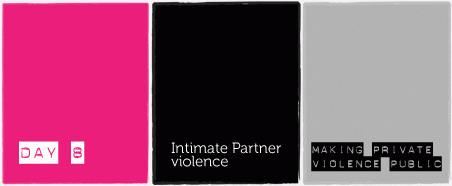
For many years, the right to privacy was imagined to only apply to men who had control over the domain of their household. Violence that took place in the home was seen as a private matter, and it took decades of organising and advocacy by women’s movements in different parts of the world to put domestic violence as an issue of public interest.
Violence in the home is violence in the community, however. It spreads through generations, leads to chronic health conditions, costs communities due to loss of productivity and contributes to the systemic oppression of women. In fact, abusive relationships often involve violations of privacy that extend to all spaces, from physical to online. Abusers use mobile phones, GPS, webcams, social media and more to monitor and attack survivors, which means they use public tools and enact “intimate” violence in public spaces. They are able to use their knowledge of personal information to gain access to private accounts, share them in public spaces and engage in abusive violations of privacy. For people experiencing intimate partner violence, the need for privacy is a need for physical safety.
Too often we see these attacks in public spaces and let them slide or don’t know how to intervene. We know that a friend is texting a partner obsessively or logging into their partner’s social media to monitor the person’s behavior, and we keep it to ourselves. Abusers may even target our accounts to monitor victims who are our friends through our actions, photos and comments.
Let’s start speaking out. If we document this violence every time it happens, it will become harder for everyone to ignore. Break the silence!
TAKE ACTION
MAP IT
Have you experienced or witnessed intimate partner violence connected to ICTs? Share your story on our interactive map of ICT-related violence against women. It can be tough to speak up, but making intimate partner violence visible can bring an end to this worldwide problem and facilitate healing. Be sure not to include names or personal information - the map is completely anonymous - even if you are writing about yourself.
To map your story:
- Click on “SUBMIT A REPORT.”
- Write about what you experienced or witnessed.
- Enter your city in the location finder or click on a general location in your country (not your street address).
- Check the appropriate category boxes and submit!
MAKE CONNECTIONS
If you don’t have a story to map (or even if you do), read other people’s experiences by clicking on the dots and then the story links that pop up. Pick a few near your location and then travel around the world to see how our stories connect us.
Open up the discussion on Twitter. We’ll be talking about why intimate partner violence is a public matter. Join the conversation by tweeting @takebackthetech and #takebackthetech.
Bear witness! It’s time to make private violence a public problem.
Issue
- Log in to post comments
